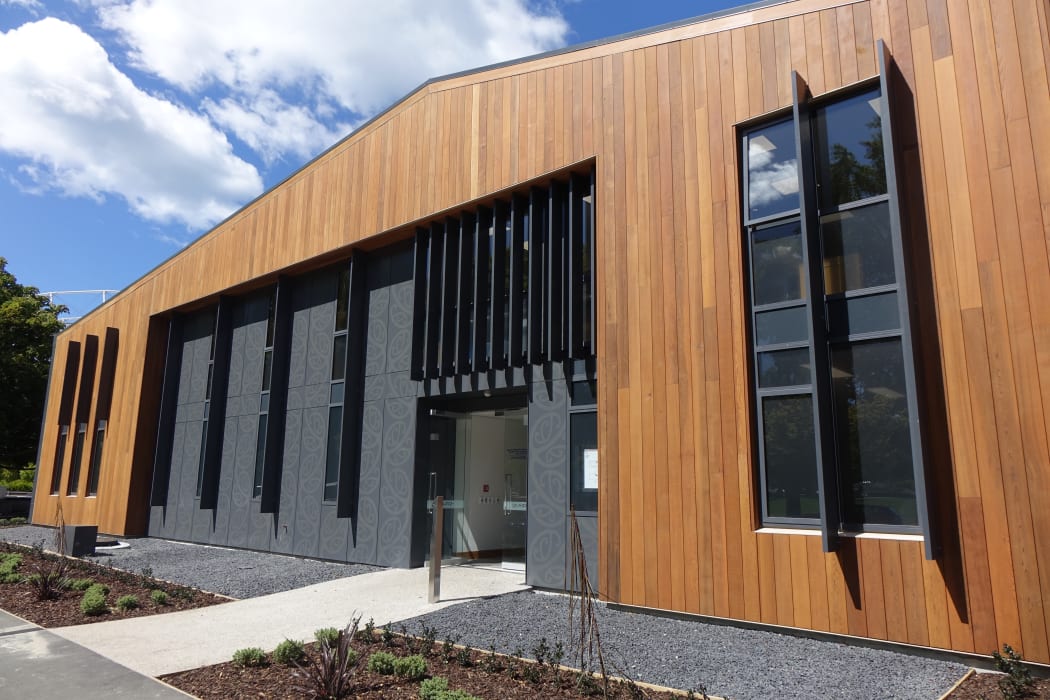After 45 years, the world-renowned Dunedin Study has officially opened its first purpose-built building.

A research project tracking 1000 New Zealanders from birth based its first offices in a condemned manse. Now, 45 years later, it has opened its own building on the fringe of Otago University's main campus. Photo: RNZ / Ian Telfer
The study - officially called the Dunedin Multidisciplinary Health and Development Study - has been lauded for its research into the lives of about 1000 people born in the city in 1972 and 1973.
The Dunedin Study has yielded more than 1200 research publications and retained a remarkable 95 percent participation rate from its participants, who are now spread around the world.
The study's new permanent home is on the fringe of Otago University's main campus.
Tertiary Education Minister Paul Goldsmith said New Zealand was only a small player on the world research stage, but could not be a free-rider, and the Dunedin Study was a major contribution to world knowledge.
Otago University vice-chancellor Harlene Hayne said the study was one of New Zealand's greatest gifts to the world, and it was well overdue its own building.
The building guaranteed the future of the study, which was expected to run for at least another 45 years, and probably for as long as some participants were still alive, Dr Hayne said.
Study founding director Phil Silva said the study was only expected to last a year or two at the beginning and he was amazed at what it had achieved.
The study's first offices were a condemned Presbyterian manse and then a Sunday School hall at Knox Church.
The new building befitted a programme which had come of age, Dr Silva said.
The two-storey building included a private entrance and car park for the participants, so they could remain anonymous.
The ground floor also had a participants' lounge, testing and interview rooms.
The upper floor contained researcher and administration offices, and meeting rooms.
More than 950 participants, who are now turning 45 themselves, are expected to begin using the building from April for their next set of day-long assessments.




